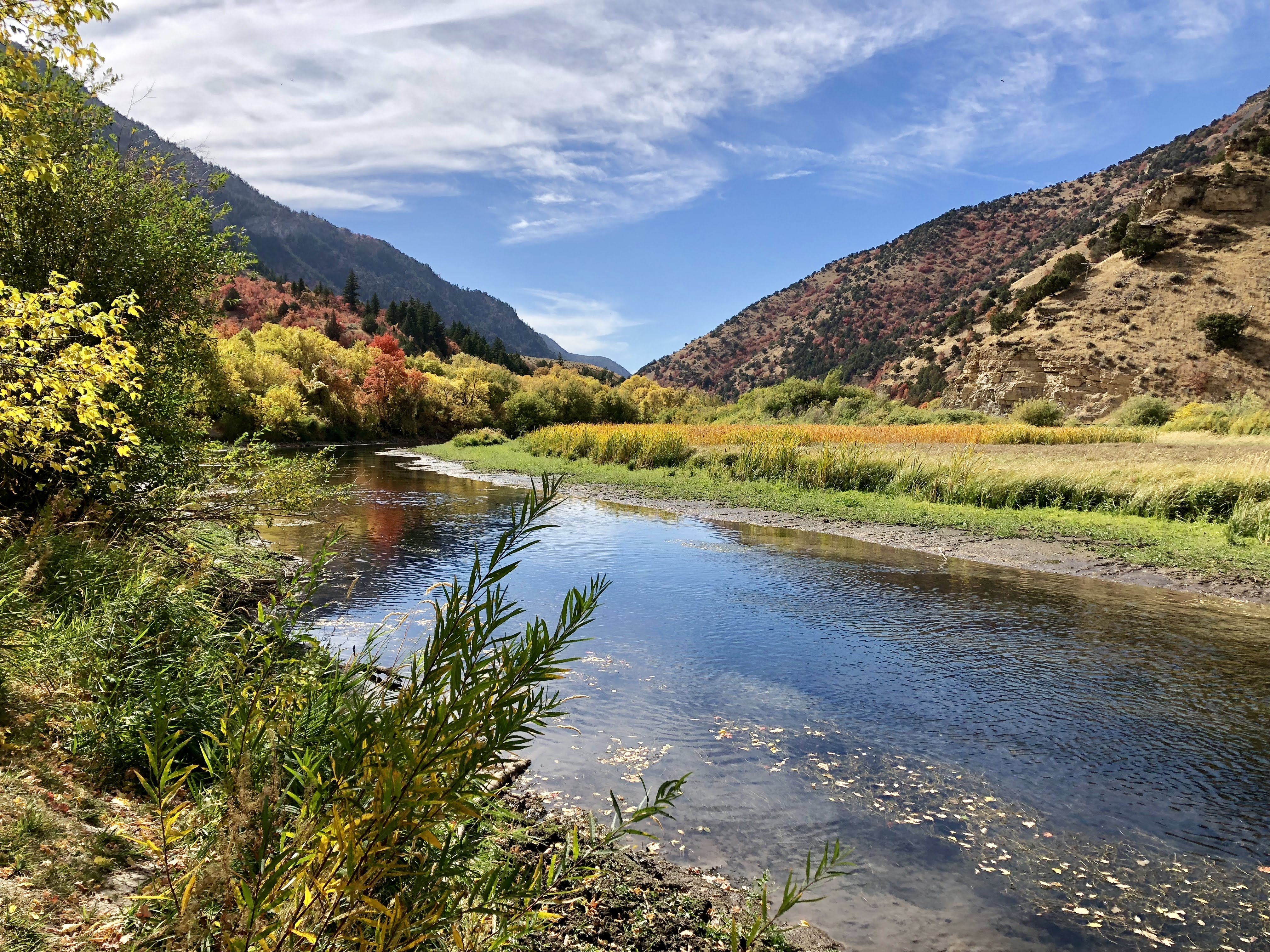Physical Hydrology
Utah_State_University

About This Course
The aim of this graduate-level course is for you to acquire an understanding and appreciation of hydrology as a quantitative science describing the occurrence, distribution, and movement of water at and near the surface of the earth. We will develop an intuitive and quantitative understanding of physical processes involved in the land phase of the hydrologic cycle, learn how to use this knowledge to address engineering problems and participate in research involving the physical understanding and parameterization of hydrologic processes.
Hydrology deals with the occurrence, circulation and distribution of water on earth and investigates the spatio-temporal storages and fluxes of water (in all its forms) in the terrestrial, oceanic, and atmospheric components of the global water system. Hydrology originated as an engineering discipline mainly focused on problems such as estimating extremes for hydrologic design applications. In time, the role of hydrology has expanded to account for rapid increases in data and technology. Today, the societal need for water, human security, and ecosystem functioning in a rapidly changing world requires quantitative hydrologic understanding to generate the necessary predictive capability across space and time scales to solve our pressing water resources challenges.
Topics Covered
You will learn fundamentals of hydrologic cycle and hydrologic processes. Precipitation, infiltration, runoff generation, evapotranspiration, and snowmelt. In addition, you will learn representation fo hydrologic processes in hydrologic models.
Learning Objectives
At the end of this course, you should be able to:
1. Retrieve and evaluate hydrologic data to support quantitative interpretation of hydrologic processes (streamflow, precipitation, evaporation, infiltration, subsurface flow).
2. Describe and evaluate the hydrologic processes and sources of uncertainty.
3. Use fundamental physical principles such as conservation of mass and energy to quantify and model hydrologic processes.
4. Apply and interpret results from simple hydrologic models to examine relevant questions faced by hydrologists and water resource engineers.
Prerequisites
Students should understand the basic physics of water movement from prior classes in Hydraulics and Physics as well as have an ability to work with and analyze data
Course Authors
Belize Lane, PhD
Utah Sate University. Contact: belize.lane@usu.edu
Irene Garousi-Nejad, PhD
Utah State University. Contact: irene.garousi.nejad@gmail.com
Target Audience
Junior/Senior Hydrology and Water Resources Engineering Students
Tools Needed
Include here information about any tools or software needed
Course Sharing and Adaptation
This course is available for export by clicking the "Export Link" at the top right of this page. If you are an Instructor seeking the answer keys, please contact the course creators using your official University email account.
Make sure you cite the source of your new course (e.g., this course was adapted from Physical Hydrology). You can include this citation on an "Adaptation Page" of your new course, in your course card, or in the introduction section of your new course.
Recommended Citation
Lane, B., Garousi-Nejad, I. (2018) Physical Hydrology. HydroLearn. https://edx.hydrolearn.org/courses/course-v1:Utah_State_University+CEE6400+2019_Fall/about
Manuscript in Hydrological Processes journal
Lane, B., I. Garousi-Nejad, M. Gallagher, D. Tarboton and E. Habib, (2021), "An open web-based module developed to advance data-driven hydrologic process learning," Hydrological Processes, 35(7): e14273, https://doi.org/10.1002/hyp.14273.
